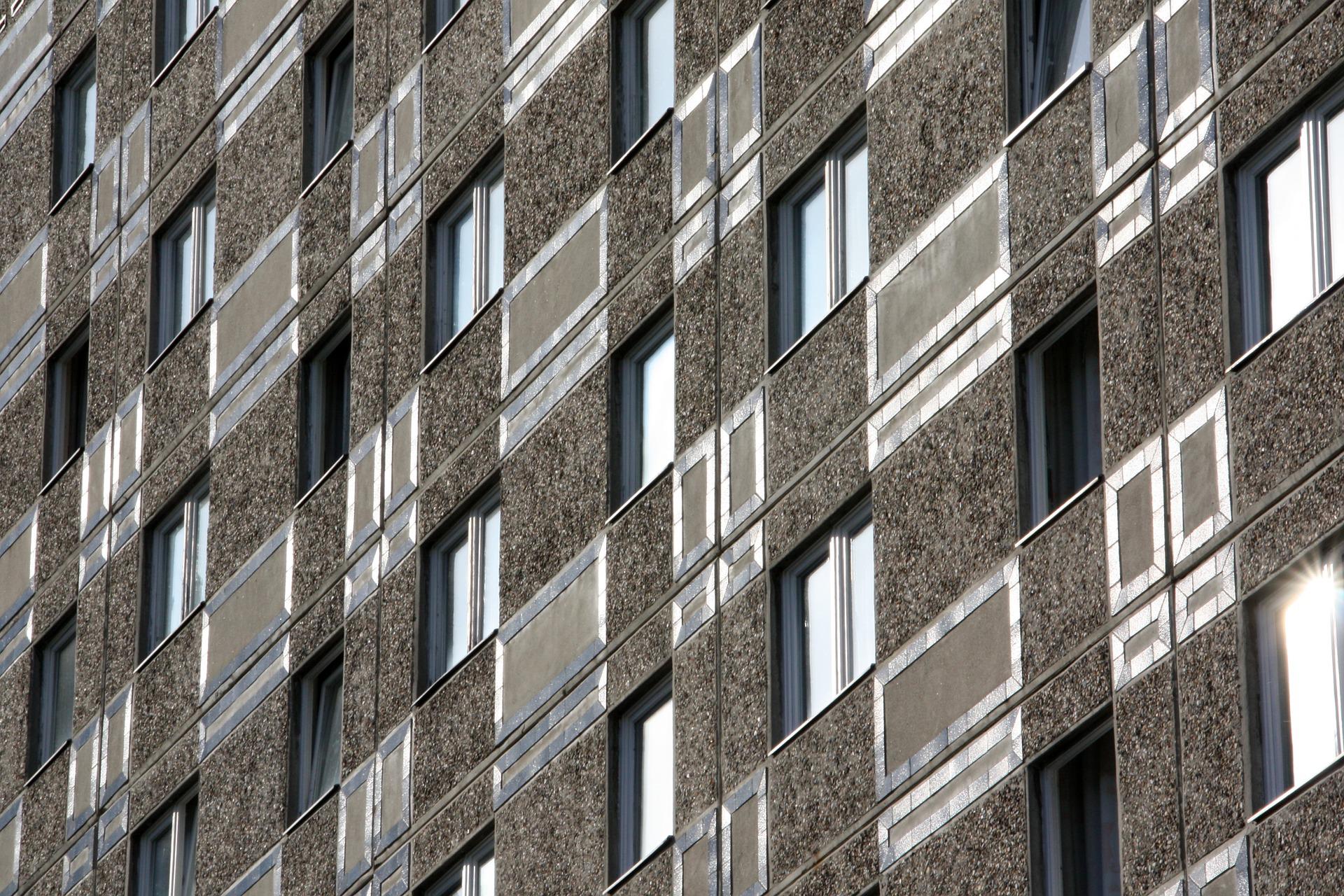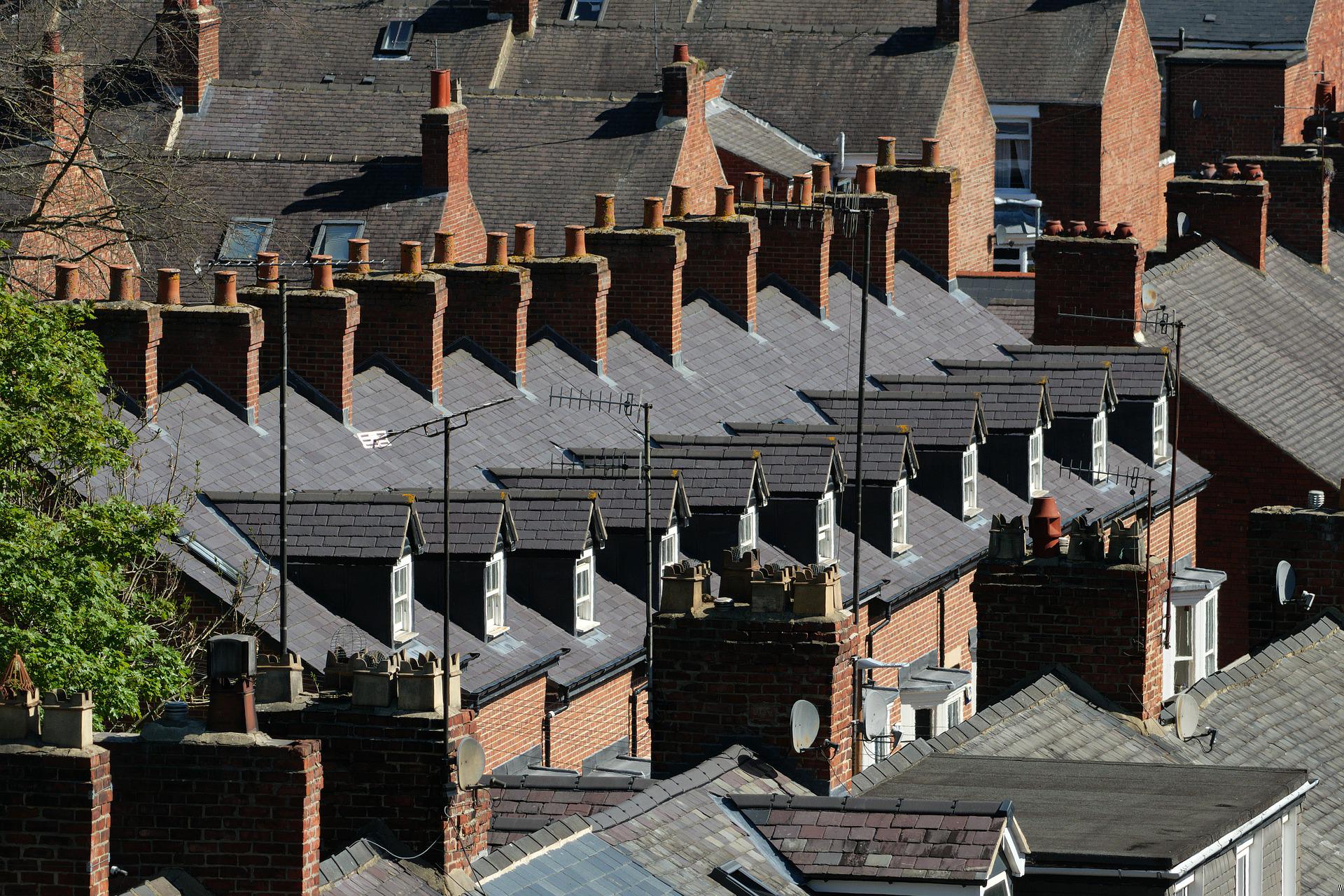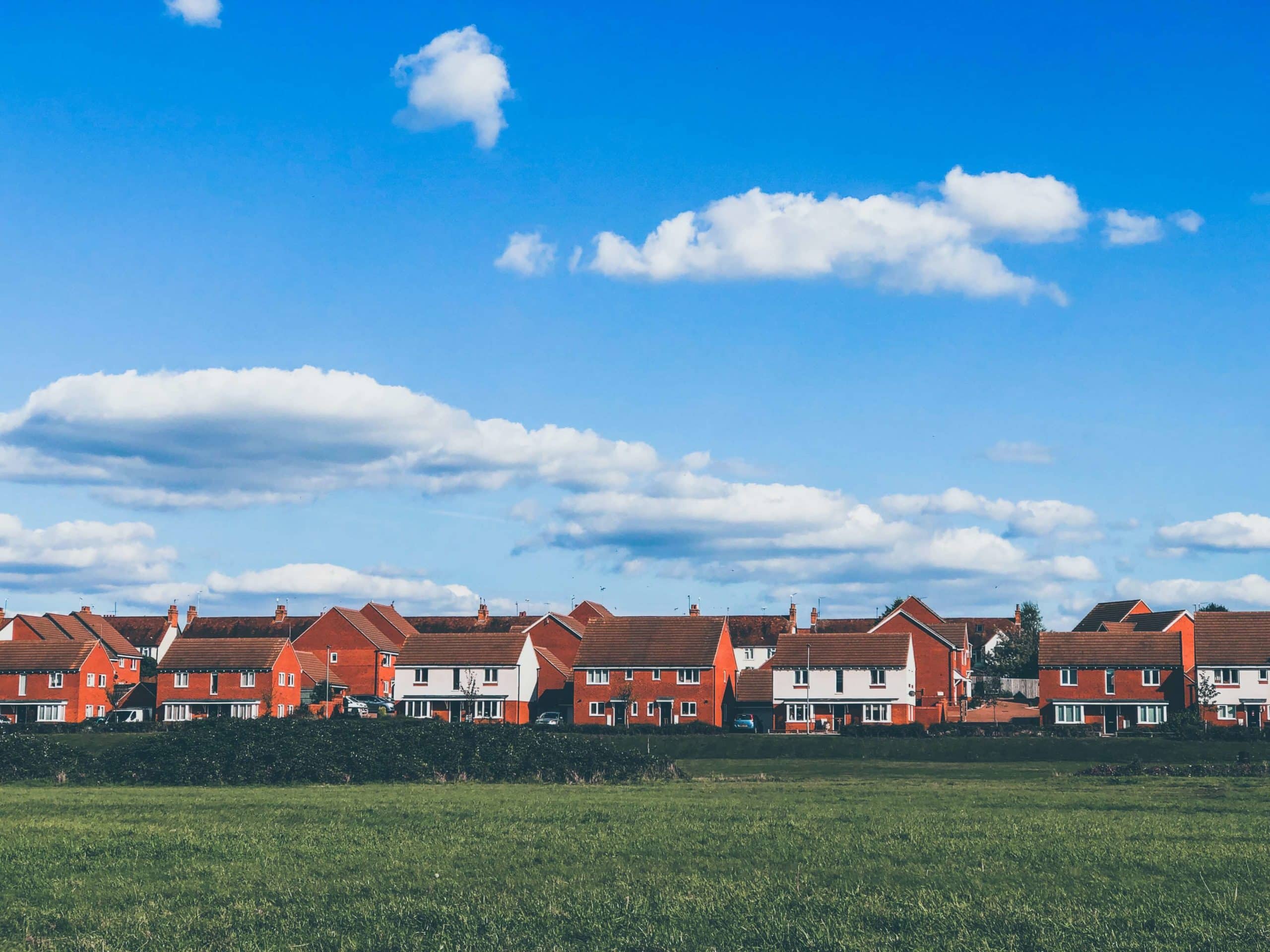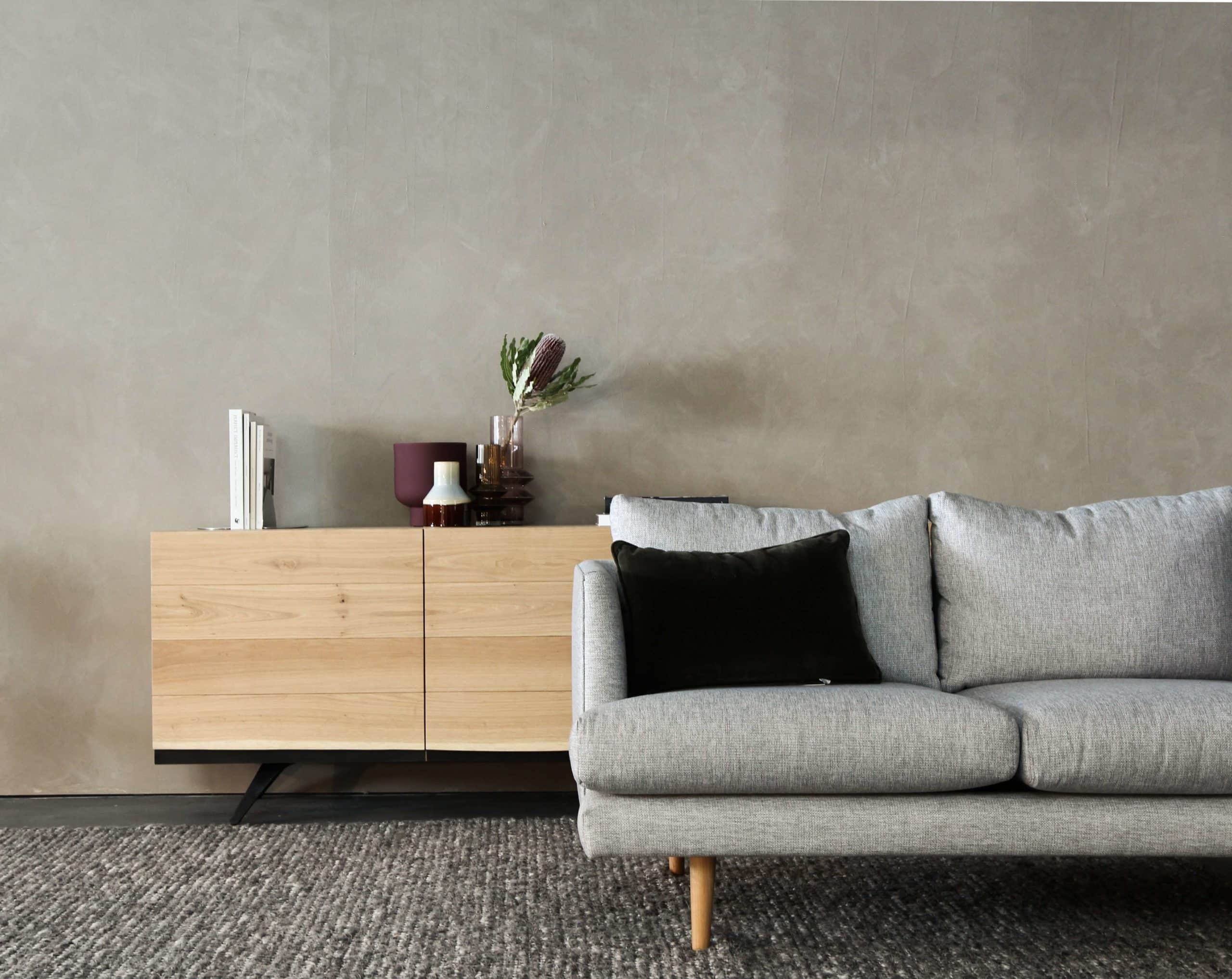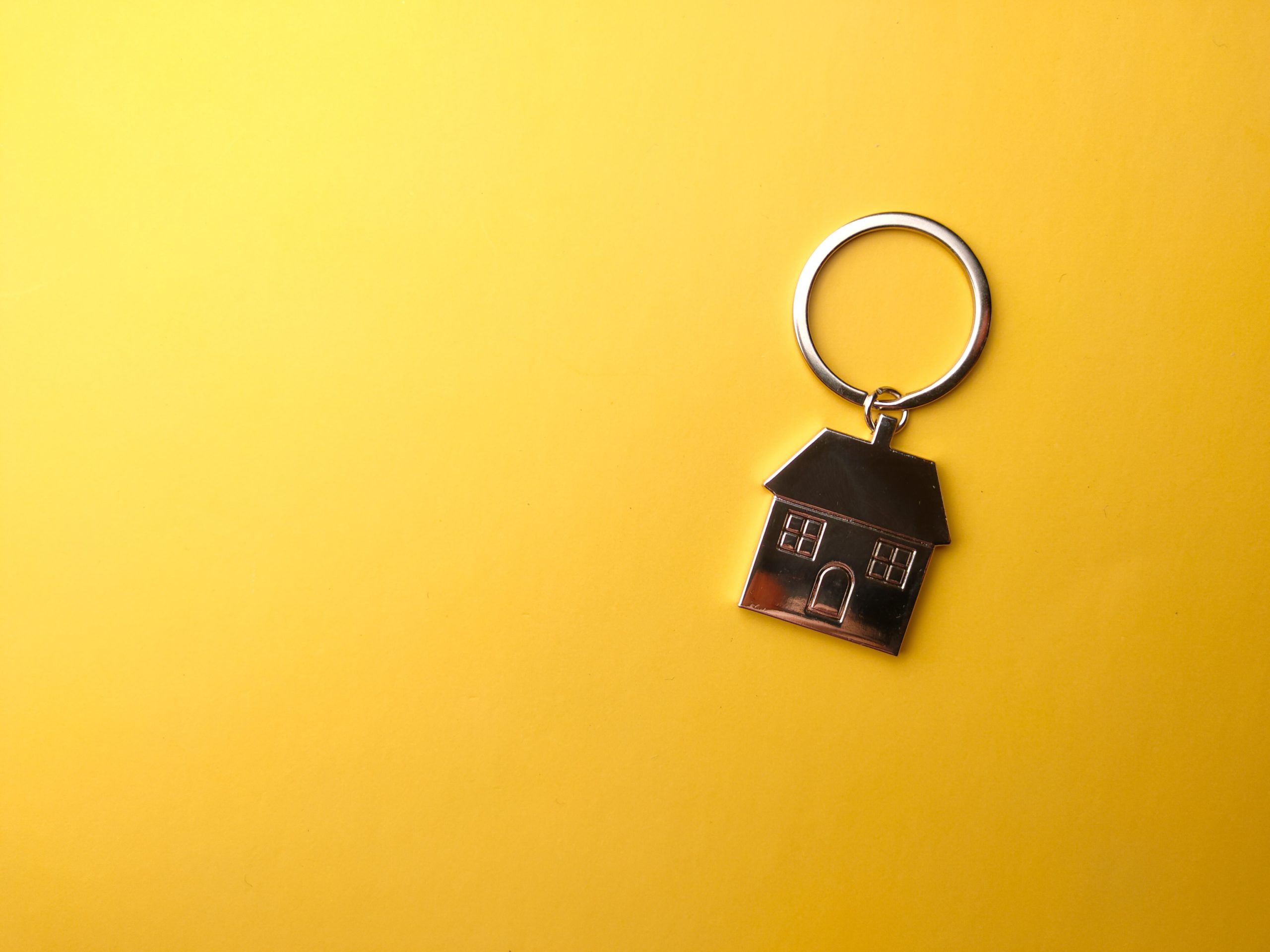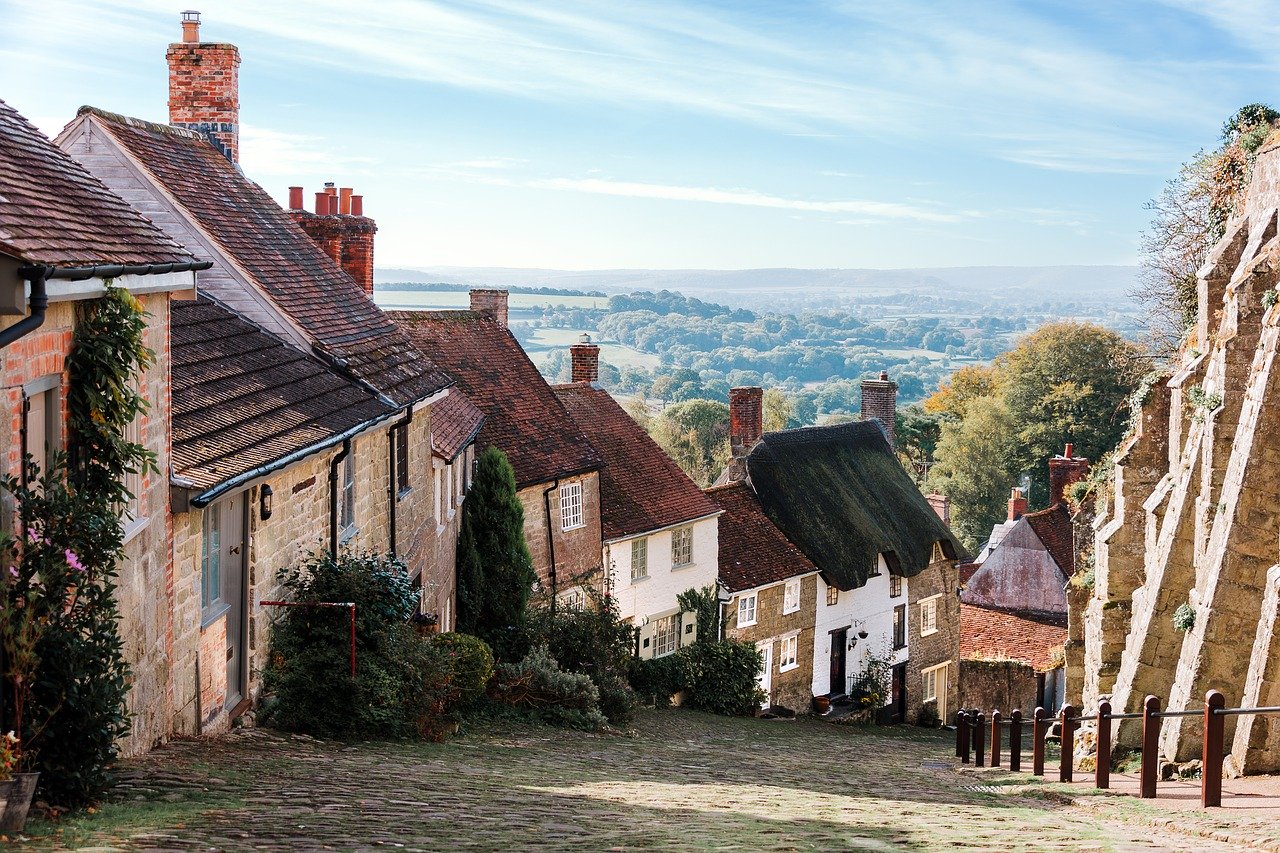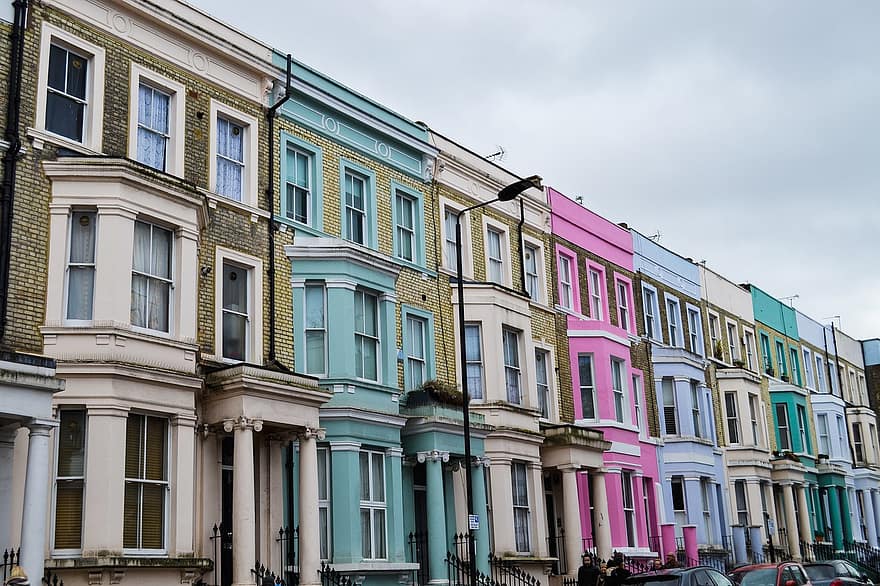BISF houses are a type of non-standard construction. Around 35,000 were built in post-war Britain to address housing shortages and address capacity issues in factories. There are BISF houses being sold and purchased today and it can be helpful to learn more about them. The way in which they are built means they can be problematic, but this doesn’t mean they should be avoided altogether. Much in the same way you might take on a property with a thatched roof, or a home built entirely from timber, BISF houses take a little bit of getting used to.
Below, our guide will explain what a BISF house is in detail, whilst also discussing mortgages, insurance, and renovation prospects. We Buy Any Home is on hand to help if you’re wanting to sell a BISF house so don’t hesitate to get in touch.
What is a BISF house?
BISF houses came to light in 1944 by the Governmental Interdepartmental Committee on the construction of houses – sometimes known as the BURT Committee. This group was brought together to develop quick and affordable construction methods to combat the demand and shortage of housing following the war. Families needed somewhere to live and the expense and time taken to erect traditional properties was not feasible.
Throughout England, Wales, and Scotland the BURT Committee ordered the building of countless BISF houses. Today, they are often known as prefab or prefabricated houses.
The BISF design was created by Leeds-based designer Edward Airey, which is why BISF homes are often called Airey houses too. His vision enabled simple-construct homes to be built, with walls created in factories as panels and transported to the site. They were the perfect solution to the housing shortage as they were inexpensive and quick to build.
What do BISF houses look like?
Chances are you have spotted a BISF house before. They are easily distinguishable and have a stereotypically look to then. Typically, they are wooden panelled structures or rendered two up, two down properties. Commonly the bottom floor is always rendered, which was a quick way of covering the mesh metal system that made up the ground floor. First floors are often clad in metal sheet cladding or wood.
How do BISF house plans differ from traditional buildings?
BISF houses are built around a steel frame, which can easily be identified on BISF house plans. Plans often dictate small, functional properties which were a far cry from the Victorian and Georgian style properties which adorned residential areas in the 1940s.
BISF house plans often showed lightweight roofs which were made of aluminium or asbestos sheeting (more on this later). Homes of this nature were also designed with small, functional windows – meaning the inside of many BISF houses is dark. However, as the years have rolled on and BISF houses have changed hands, roofs and windows have often been modernised and updated.
Are BISF houses safe?
You may have seen the word asbestos above and panicked. Truthfully, asbestos is a common problem with BISF houses. Sadly before the issues of asbestos was discovered, it was originally used to construct many BISF roofs.
Generally, asbestos is not a problem unless it is disturbed. Most BISF homeowners, over the years, have had the asbestos roofing removed by professionals and upgraded to a safe and more weatherproof roofing solution. If you’re selling a BISF house that has an original asbestos roof, you may want to factor this cost in by either completing the work before selling or accepting a reduced value so the new owners can facilitate new roofing.
However, if you don’t want to tackle the issue of asbestos yourself we can help sell your house fast. We are cash house buyers, which means we buy any home, in any condition, in any location using our own cash funds.
Broadly speaking, BISF houses are long been labelled as poor quality. They are often said to have poor longevity and durability due to issues with subpar finishes and the steel frame. This is somewhat a myth, as BISF properties were actually built with the expectation of lasting much longest than conventionally built houses. The negativity surrounding BISF homes is somewhat misguided as, compared to other prefab buildings which typically deteriorate within 10 years, there are BISF homes still being cherished by families now that were built in the 1940s.
Is it hard to get a mortgage on a BISF house?
Getting a mortgage on a BISF property isn’t the easiest of tasks. However, there are countless people living in BISF properties England, Scotland, and Wales, so it is achievable.
Back in the 1970s and 1980s, a vast number of BISF houses had naturally become what we now know as social housing. Council tenants were able, as part of the government’s Right to Buy scheme, to buy their homes and own them. Many of these were BISF homes.
The government offered 100% mortgages during this time for council tenants, which meant securing a mortgage on your BISF property was guaranteed. Today, it’s a little bit more tricky, however, you can try:
- Speak to surveyors in your area to see if they have had any success with mortgages on BISF properties. You can contact the RICS directory to find a qualified surveyor in your area. You will 100% want to get a survey carried out on a BISF property if you’re buying.
- Being honest with your lender is the correct choice when it comes to securing a mortgage on a BISF property. Having the proof from a surveyor, albeit a hopefully glowing report, will certainly swing in your favour when it comes to your lender agreeing to your mortgage. However, if a survey does uncover some nasties, being transparent with your potential lender will help them make suggestions to aid your purchase.
- Increase your deposit and lower your LTV so that your lender is accepting less of a risk by lending less money than with your smaller deposit. A lender is more likely to accept a mortgage on a BISF house if you’ve put down a 50% deposit instead of 10%.
- Ask your lender if a guarantor would mean your mortgage application is successful. A guarantor with a good credit rating would be valuable and help balance any risk felt by the lender.
Do you need BISF house insurance?
When you buy any property your mortgage lender will often require you have buildings insurance as a minimum to protect their investment. The same goes for BISF houses.
In general terms, home insurance is an umbrella term for different types of insurance that protect your home and its contents. Buildings insurance and contents insurance are the most common, with liability insurance, PIP, and BISF property insurance being required in some circumstances.
BISF home insurance is a speciality product created to protect property and belongings. Sometimes it is known as non-standard home insurance and it applies to homes that are not built in a traditional way, such as those with thatched roofs or BISF houses.
Can I undertake a BISF house extension?
As most BISF houses were built in the 1940s renovations and extensions have become commonplace amongst BISF homeowners. Expanding and modernising BISF properties is popular, particularly when people start considering selling their homes and wanting to increase their value and attractiveness. There are a number of companies in the UK that specialise in upgrading BISF homes and some of the most common tasks they undertake include:
BISF roofing renovations
Due to BISF houses originally being constructed with aluminium or asbestos sheeting, roof changes are commonplace. Unfortunately, some roofs were replaced out of necessity due to damage or asbestos, whereas other homeowners have updated their properties by choice. Replacement roofs for BISF houses these days are lightweight but much more sturdy.
BISF cladding
You will rarely see many BISF properties today with the original ground floor steel cladding still in place. Frankly, people realised it was unattractive, particularly when it came to enticing a buyer. If you have the steel cladding still present on your home, there are modern rendering and cladding options that can help elevate the exterior of your home.
Updating BISF windows
Windows on BISF houses are notoriously small and let in very little natural light. Whilst functional, the originals are often single-pane and people are in the market for properties with PVC double-glazed windows. It is one of the most popular renovations on a BISF house and not only improves the overall quality of the property but also elevated energy efficiency and attractiveness.
BISF porches
Do you have metal posts outside of your BISF house? Adding a porch, canopy, or lean-to can help improve the attractiveness of your home. Furthermore, it will add additional space to your home that will have some buyers excited.
How easy is it to sell a BISF house?
If you are a BISF homeowner who wants to sell or have inherited one, the open market can be difficult to navigate. Unless extensive renovations have been completed to update the stereotypical look of your BISF property they can be less attractive to buyers.
Many people choose to bypass the open market altogether, instead opting to use a cash house buyers service. With We Buy Any Home you can get a free cash offer, which will help you decide whether selling without the hassle of the open market and guaranteeing you sell your BISF property, would be much more beneficial. You may have tenants in situ in a BISF house you own, with We Buy Any Home that is not a problem. Speak to us about how we help make selling a house with tenants easy.
WeBuyAnyHome will buy your BISF cash. Selling your home to us is completely free and we even cover your legal fees. You won’t have to deal with flighty buyers or chain break because we can buy your home using our own funds, in a timeframe that suits you. If you’re interested hit the quote button or call 0800 774 0004 today!
